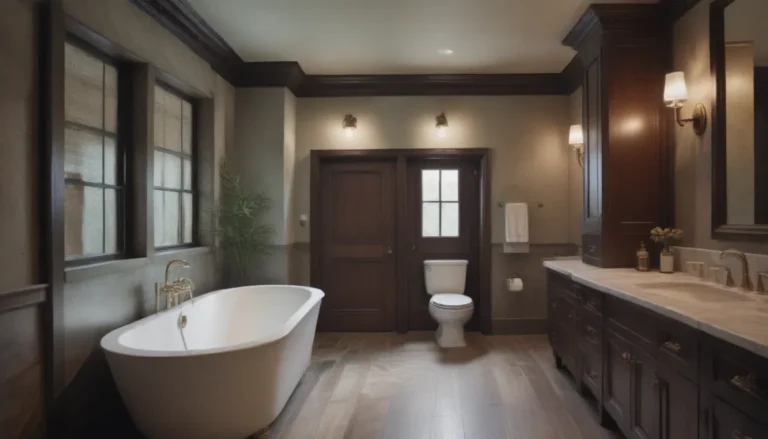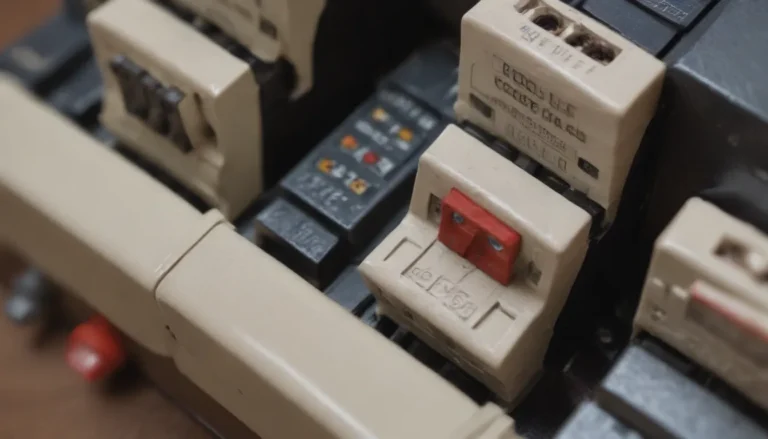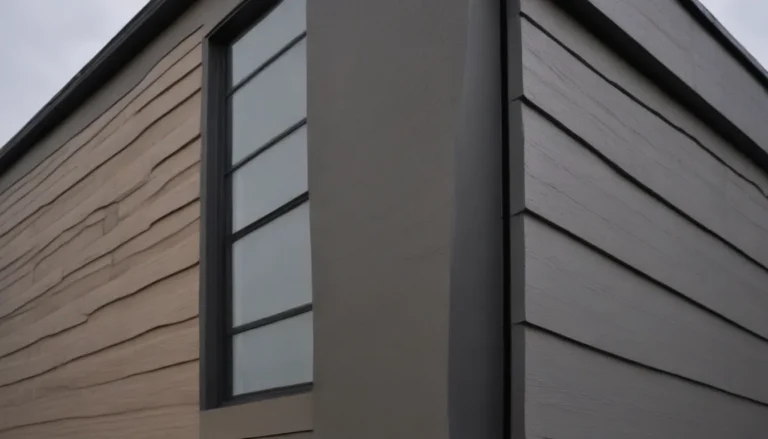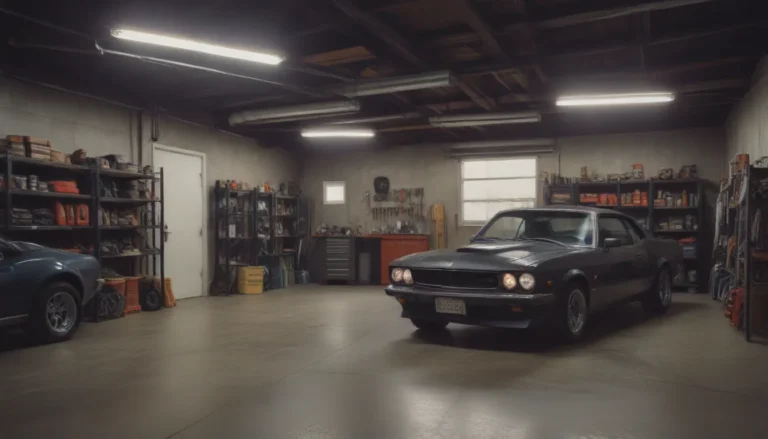Solid Surface Countertops vs. Quartz Countertops: A Comprehensive Comparison
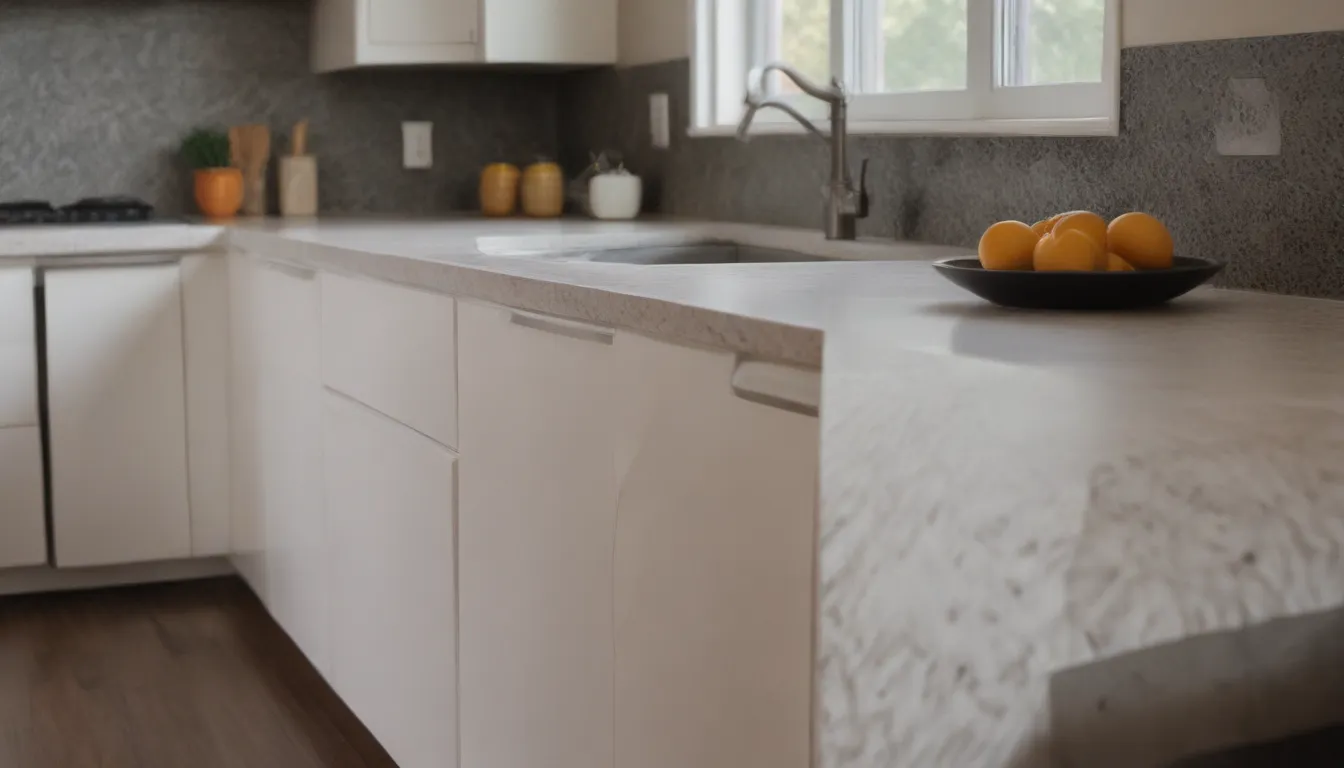
Are you in the market for a new kitchen countertop but struggling to decide between solid surface countertops and quartz countertops? The decision can be tough since both options offer unique benefits. At first glance, they may seem similar, but once you dive deeper, you’ll find distinctive characteristics that set them apart. In this guide, we’ll break down the differences between solid surface and quartz countertops to help you make an informed decision that suits your needs.
What Are Solid Surface Countertops?
Solid surface countertops are crafted from mineral dust, primarily marble, blended with a variety of plastic resins and pigments. The main appeal of solid surface countertops lies in their ease of fabrication and ability to create seamless surfaces. DuPont introduced solid surface material in 1967 under the brand name Corian, and it has since become a popular choice for homeowners. Other major brands offering solid surface countertops include Avonite and Swanstone. Unlike laminate countertops, solid surface countertops are homogeneous, meaning the same material runs throughout the entire countertop. While solid surface materials mimic the appearance of stone, they may not match the elegance of natural granite up close.
Composition of Solid Surface Countertops:
- Contains approximately 33% acrylic resin (PMMA) and 66% natural minerals, primarily aluminium trihydrate (ATH).
- Achieves a variety of colors and styles through different mixtures of pigments and mineral dust.
What Are Quartz Countertops?
Quartz countertops are a newer addition to the kitchen countertop industry compared to solid surface materials. These engineered stone products are made up of about 95% ground natural quartz and other materials, along with 5% binding resins. Both solid surface and quartz countertops fall into a middle ground category, blending manmade and natural elements. While they may not reach the premium status of natural stone countertops, they are considered higher-end options compared to laminate, wood, and tile.
Composition of Quartz Countertops:
- Consist of 5-10% binding resins and 90-95% hard, stone-like industrial waste products (e.g., marble, quartz, glass, mirrors).
- Some manufacturers use non-food-quality vegetable oils in their resin mixtures.
Key Differences Between Solid Surface and Quartz Countertops:
Heat Resistance:
- Solid Surface Countertops: While solid surface countertops are heat resistant, it is advisable to avoid placing extremely hot items directly on the surface. In the event of scorching, solid surface materials can be sanded and repolished.
- Quartz Countertops: Quartz countertops offer higher heat resistance compared to solid surface materials, making them more suitable for kitchen environments.
Scratch Resistance:
- Solid Surface Countertops: Solid surface materials are susceptible to scratching. Although they can be sanded and buffed to remove scratches, caution should be exercised to prevent damage.
- Quartz Countertops: Quartz countertops are more scratch resistant than solid surface options. Minor scratches can be buffed out with a cream wax polish, but deeper scratches may require professional attention.
Surface Sealing Needs:
- Both solid surface and quartz countertops are non-porous and do not require sealing, unlike natural stone countertops that need regular sealing to maintain their appearance.
Installation Considerations:
DIY Installation:
- Solid Surface Countertops: While solid surface materials can be cut with basic power tools, DIY installation is feasible with the right materials and tools.
- Quartz Countertops: Installing quartz countertops may require specialized tools and skills beyond the average DIY enthusiast’s capabilities.
Seam Visibility:
- Both solid surface and quartz countertops may require seams at certain points. While seams on solid surface counters are nearly invisible, those on quartz counters are visible but not highly noticeable.
Cost Comparison:
The prices of solid surface and quartz countertops are comparable and vary based on the chosen style and color. However, it can be challenging to compare prices directly since sourcing materials typically involves working through licensed fabricators or contractors.
- A 144-inch sheet of Corian solid surface (30 square feet) costs around $1,100 to $1,200.
- Quartz countertops range from $50 to $150 per square foot, with a 30-square-foot countertop costing between $1,500 and $4,500.
Making Your Decision:
When deciding between solid surface and quartz countertops, consider the following factors:
– Cost: Solid surface countertops are more budget-friendly, while quartz countertops offer a more luxurious feel.
– Durability: Quartz countertops are more scratch resistant, making them ideal for high-traffic kitchens.
– Appearance: Solid surface countertops can be shaped into unique designs, while quartz countertops provide a sleek, stone-like aesthetic.
In conclusion, your choice between solid surface and quartz countertops ultimately comes down to personal preferences and priorities. Whether you prioritize cost-effectiveness, durability, or aesthetics, understanding the unique characteristics of each material will guide you towards the perfect countertop for your kitchen.

